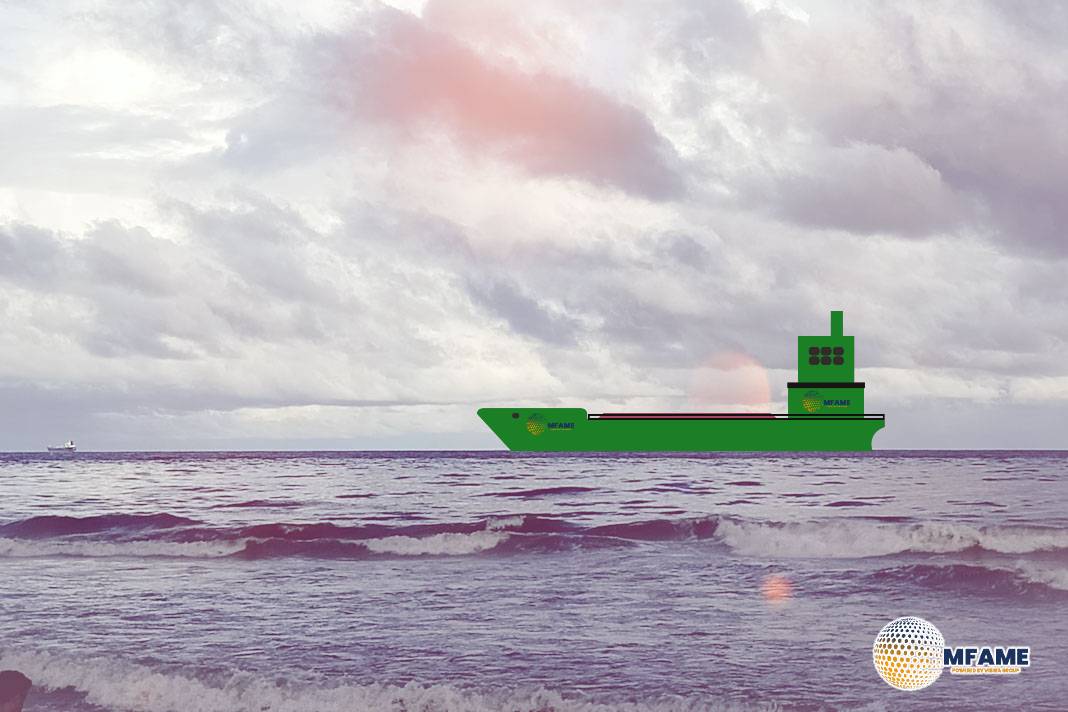- Iran utilizes the Strait of Hormuz as a geopolitical pressure point to deter threats without resorting to direct conflict.
- The nation’s “active defense” strategy blends asymmetric warfare with legal and psychological tactics.
- Disrupting Hormuz could backfire economically on Iran, but the threat alone amplifies its global influence.
For decades, the Strait of Hormuz has remained one of the most sensitive geopolitical chokepoints in the world. This narrow waterway, which links the Persian Gulf to the Sea of Oman and extends beyond to international waters, serves not only as a major artery for global energy flows but also as a flashpoint for regional and international security dynamics, reports Tehran Times.
Strategic Chokepoint and Maritime Power
The Strait of Hormuz stands as one of the most crucial maritime chokepoints in the world. Narrow and strategically located, it carries nearly a third of global seaborne oil trade, giving Iran tremendous geopolitical leverage.
Iran, situated along the northern shore, has long utilized this position not only as a means of defense but also as a pressure mechanism in its foreign policy. Its control over this gateway grants it a unique advantage in regional and global power dynamics.
Doctrine of Active Defense
Iran’s military strategy is rooted in a doctrine known as “active defense.” This approach does not involve initiating war but emphasizes maintaining the capacity for a swift and layered response to external threats.
Drawing from its experience in the Iran-Iraq War, Iran has focused on developing asymmetric capabilities such as fast attack boats, sea mines, anti-ship missiles, and drones. These systems are designed to raise the cost of intervention for adversaries while remaining financially sustainable.
Legal Justification and Strategic Framing
Iran also uses international law to frame its actions as legitimate self-defense. Articles under global maritime laws allow for regulating transit in times of conflict or national security concerns.
By invoking legal mechanisms, Iran reinforces its narrative that its posture in the Strait is defensive, rational, and lawful. This legal framing helps shield it from charges of aggression on the world stage.
Psychological and Economic Warfare
Iran’s true power may lie not in closing the Strait of Hormuz but in the mere threat of doing so. History shows that minor incidents in the strait have caused oil prices to spike, shipping insurance to surge, and global markets to react nervously.
This form of economic and psychological deterrence allows Iran to apply pressure without firing a shot. The instability risk alone forces regional and global actors to tread carefully in their dealings with Tehran.
Global Dependency and Ripple Effects
A disruption in Hormuz would impact not just the West but also major energy consumers like China, India, Japan, and South Korea. Oil-exporting Gulf countries would also suffer, as their primary route to global markets would be jeopardized.
Beyond energy, such a disruption could affect maritime trade, insurance sectors, and global stock markets. The potential for ripple effects underlines the strategic significance of even implied threats from Iran.
Regional Military Balance and Response
The presence of foreign military bases in Gulf countries—especially U.S. assets in Bahrain, Qatar, and the UAE—adds further complexity. In the event of a crisis, any response could trigger a broader regional escalation.
Iran’s strategy forces its adversaries to consider the high costs of miscalculation. It ensures that while Iran avoids direct confrontation, it can still dictate the strategic tempo through layered deterrence.
Diplomacy Through Deterrence
Despite its aggressive stance, Iran has put forward diplomatic initiatives like the Hormuz Peace Endeavor (HOPE), proposing a regional security framework free from foreign military presence.
This dual approach of hard deterrence and diplomatic outreach signals that Iran seeks security guarantees, not necessarily conflict. Its deterrence posture is thus as much about avoiding war as it is about preparing for one.
Strategic Limits and Internal Risks
While Iran’s deterrent strategy is effective, it is not without limitations. Military attrition, economic sanctions, and the risk of internal unrest place pressure on its long-term capabilities.
Moreover, a total closure of Hormuz would hurt Iran’s own economy, as it relies heavily on the same route for its oil exports. This interdependence acts as a natural check on the escalation of threats.
Deterrence, Not Destruction
Iran’s control over the Strait of Hormuz is not a bluff—it is a calibrated tool of deterrence. Tehran has crafted a strategy that blends military readiness, legal arguments, and psychological pressure to protect its sovereignty and interests.
By using the strait as a strategic lever, Iran manages to assert influence without crossing into full-scale conflict. Its deterrence doctrine serves as a reminder that sometimes, power lies not in action—but in the credible threat of it.
Did you subscribe to our daily Newsletter?
It’s Free Click here to Subscribe!
Source: Tehran Times

















